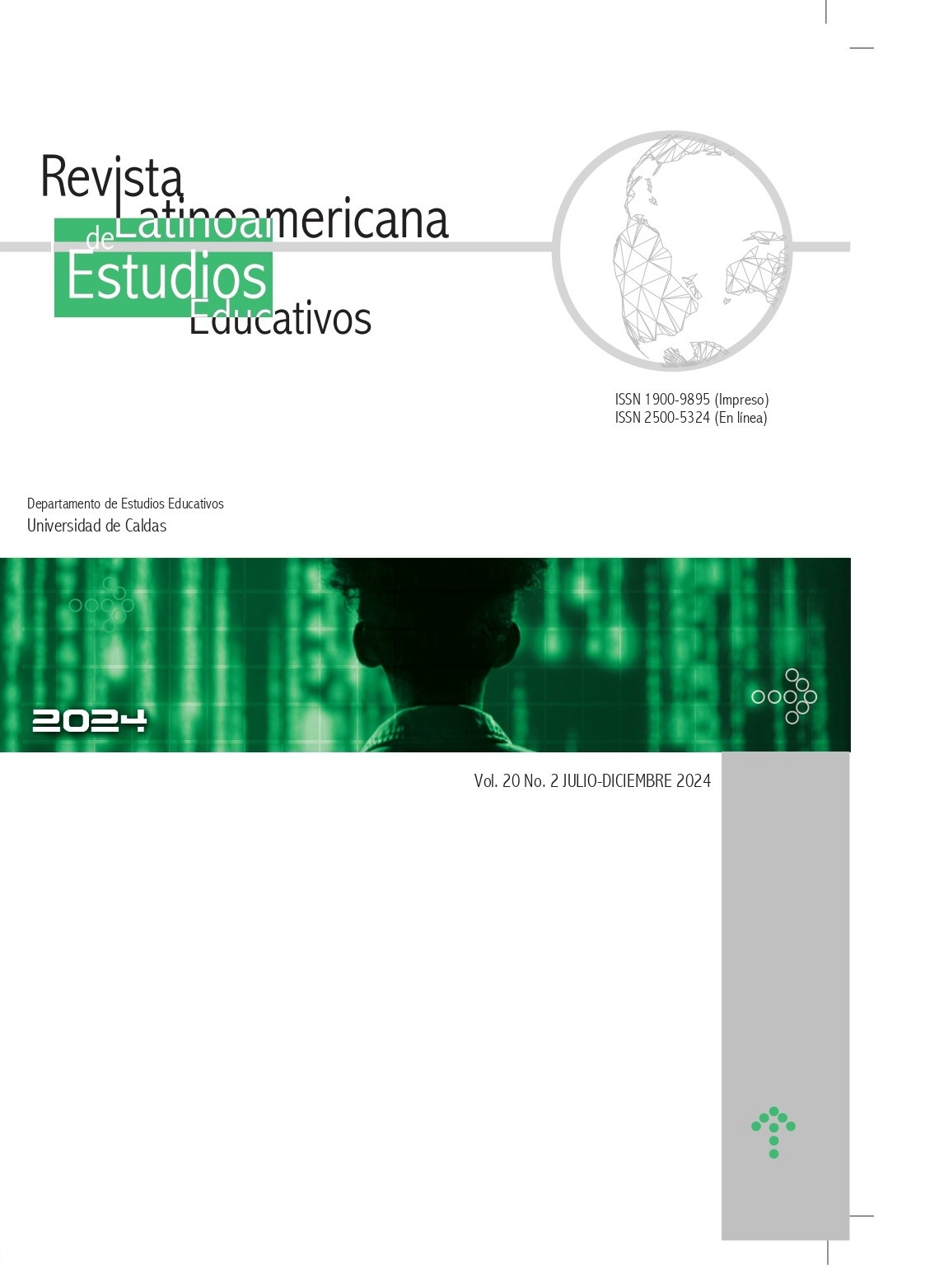Authors
Abstract
This study investigates the impact of English conversational clubs on speech anxiety in eleventhgrade EFL students at a public school in Medellín. Using a qualitative case study approach, data was collected through conversation clubs, interviews, and focus groups with six students. The findings reveal that while speech anxiety negatively affects language acquisition, its impact can be mitigated by engaging students in topics of personal interest and implementing varied communicative activities. Students exposed to these methods demonstrated increased confidence, improved participation, and enhanced linguistic skills. The study concludes that conversational clubs serve as effective tools for reducing speech anxiety by fostering a relaxed and interactive
learning environment. It recommends that EFL teachers integrate dynamic and interest-driven speaking activities to enhance student motivation and language proficiency.
References
Balbuca Ramones, M. J., & Subina Sánchez, E. R. (2016). Conversational clubs as improvement for the performance of listening and speaking skills in English classrooms in the third year of basic education of¨ unidad educativa Eloy Alfaro¨ Huigra, province of Chimborazo, Ecuador. During the academic year 2015–2016 (Bachelor's thesis, Riobamba, UNACH 2016).
Black, A. L., & Halliwell, G. (2000). Accessing practical knowledge: how? why?. Teaching and teacher education, 16(1), 103-115.
Cerdán, M. P. M., & García, K. E. V. (2017). La importancia de la motivación en la adquisición de una segunda lengua.
Erdiana, N., Daud, B., Fauzia Sari, D., & Khusuma Dwitami, S. (2020). A study of experienced by EFL students in speaking preformance. Studies in English Language and Education, 335.
Fensel, D. (1992). Knowledge acquisition and the interpretative paradigm. In Contemporary knowledge engineering and cognition (pp. 78-95). Springer, Berlin, Heidelberg.
Flyvbjerg, B. (2011). Case study. The Sage handbook of qualitative research, 4, 301-316.
Gardner, R., & Lambert. (2014). Motivation for a Second or Foreign Language Learning. Encyclopedia of Language & Linguistics, 2. ScienceDirect. https://doi.org/10.1016/B0-08-044854-2/00625-8
GEDİKLİ, ET y Başbay, M. (2020). El impacto de las actividades colaborativas en los niveles y actitudes de ansiedad al hablar de los estudiantes de inglés como lengua extranjera. Revista de la Facultad de Educación de la Universidad de Cukurova , 49 (2), 1184-1210.DOI: 10.14812/cufej.649939.
Govea Piña, L. (2007). El club conversacional: una estrategia interactiva de aprendizaje para estudiantes de inglés como lengua extranjera. Educare , 11 (3).
Hadziosmanovic, L. (2012). Students’ perspective on speaking anxiety and dynamics in the ESL classroom [Unpublished bachelor’s thesis]. Malmö Universitet.
Hasan, H. P. (2024). Comparing levels of English speaking anxiety among English Club extracurricular and non-English Club extracurricular students. RETAIN: Journal of Research in English Language Teaching, 12(02), 15-23.
Horwitz, E. K. (2001). Language anxiety and achievement, Annual Review of Applied Linguistics, 21, 112-126.
Horwitz, E. K., Horwitz, M. B., & Cope, J. (1986). Foreign language classroom anxiety. The Modern language journal,70(2), 125-132.
Liu M., Jackson J. (2011) Reticence and Anxiety in Oral English Lessons: A Case Study in China. In: Jin L., Cortazzi M. (eds) Researching Chinese Learners. Palgrave Macmillan, London.
Lomas, C. (1994). El enfoque comunicativo de la enseñanza de la lengua.Barcelona: Paid
Oad, L., Khan, N., & Jabeen Khoso, F. (2020, September 30). Factors Affecting English Language Anxiety among Learners: A Case Study of a Public Sector University.akistan Social Sciences Review, 4(3), 20. 10.35484/pssr.2020(4-III)77
Oya, Taeko; Manalo, Emmanuel; & Greednwood, Jackie. (2004). The influence of personality and anxiety on the oral performance of Japanese speakers of English. Applied Cognitive Psychology, Volume 18, pp. 841-855.
Quinde Villón, Alexi Tatiana (2015). A conversational club to improve english speaking skills to students of ninth basic year at unidad educativa Santa Elena, province of Santa Elena, 2015-2016. La Libertad. UPSE, Matríz. Facultad de Ciencias de la Educación e Idiomas. 180p.
Sánchez, E. M. S. (2003). La motivación en el aprendizaje. Revista Educomunicación. Obtenido de educomunicacion. es:
http://educomunicacion. es/didactica/0083motivacion. htm.
Saraç, M., & Doğan, M. (2024). The Effect of Speaking Club Activities on the Speaking Anxiety Levels of Turkish EFL Learners: A Case Study. In Policy Development, Curriculum Design, and Administration of Language Education (pp. 250-270). IGI Global.
Cornetero, M. C. G., & López-Regalado, O. (2025). Validez y confiabilidad de instrumentos de investigación en el aprendizaje: una revisión sistemática. Revista Tribunal, 5(10), 653-675.
Tapia, J. A. (2005). Motivación para el aprendizaje: la perspectiva de los alumnos. La orientación escolar en centros educativos, 11(2), 209-242.
Van Driel, J., Beijaard, D., & Verloop, N. (2000, Septiembre 05). Professional Development and Reform in Science Education: The Role of Teachers' Practical Knowledge. JOURNAL OF RESEARCH IN SCIENCE TEACHING, 38(2), 21.
Yahya, M. (2013). Measuring speaking anxiety among speech communication course students at the Arab American University of Jenin. European Research Journal, 1(3), 229-24.
Wu, T. T., Hapsari, I. P., & Huang, Y. M. (2025). Effects of incorporating AI chatbots into think–pair–share activities on EFL speaking anxiety, language enjoyment, and speaking performance. Computer Assisted Language Learning, 1-39.

 PDF
PDF
 FLIP
FLIP























